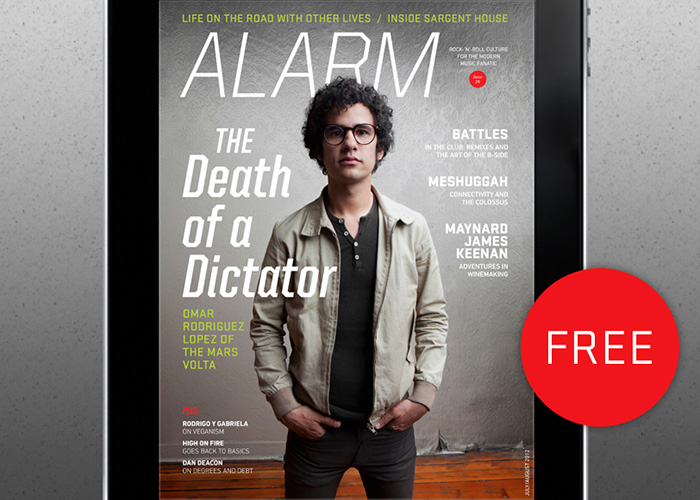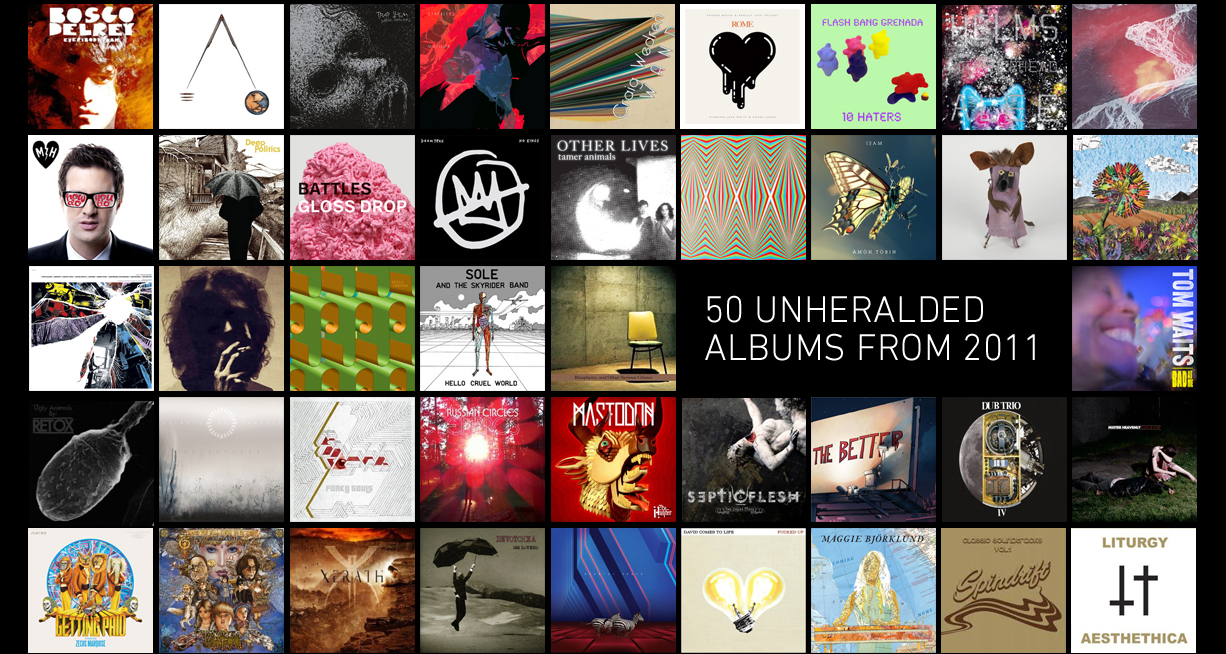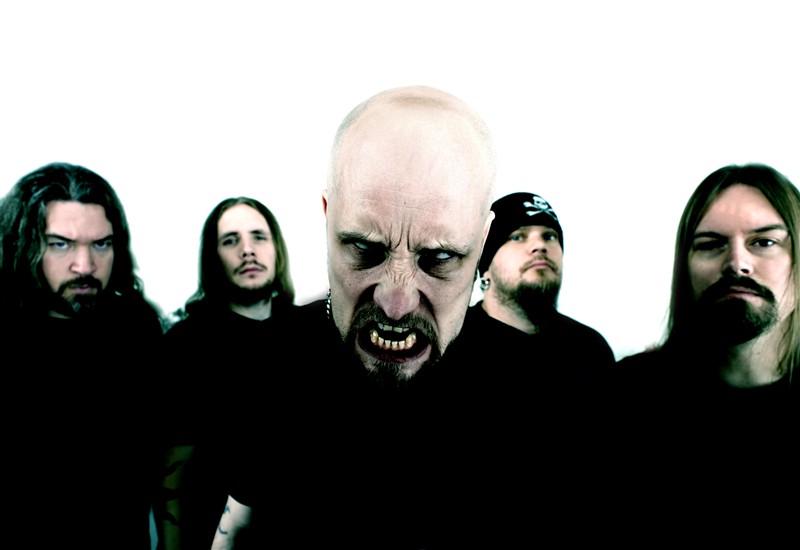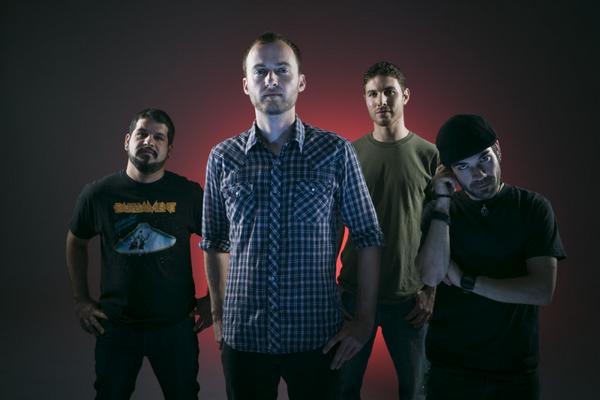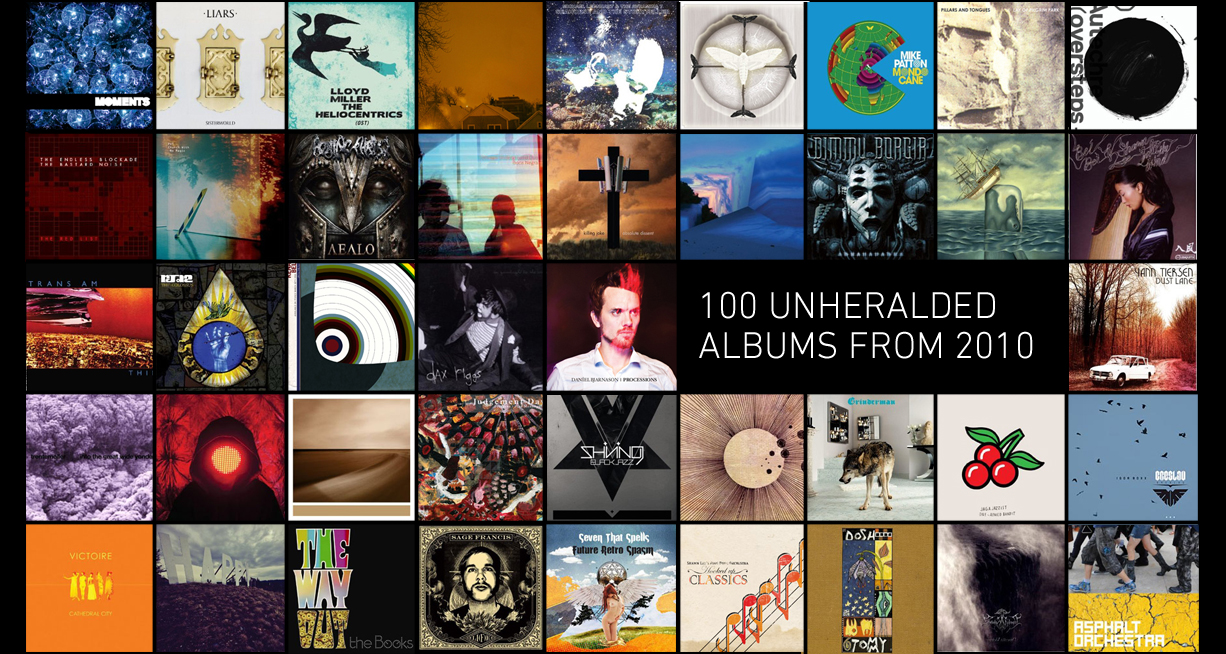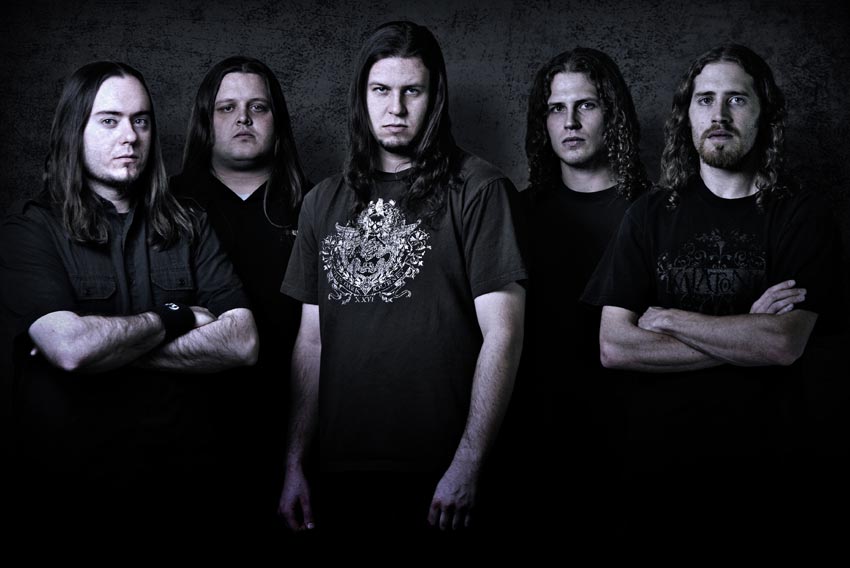Months in the making and years in the waiting, ALARM Magazine is back! We’ve been quiet on the publishing end since our release of Chromatic: The Crossroads of Color and Music last year, but we’re happy to announce the bimonthly return of the mag, now with an increased focus on rock-’n’-roll culture and lifestyle.
Meshuggah
50 Unheralded Albums from 2011
In just one more trip around the sun, another swarm of immensely talented but under-recognized musicians has harnessed its collective talents and discharged its creations into the void. This list is but one fraction of those dedicated individuals who caught our ears with some serious jams.
Morrow vs. Hajduch: Bastard Priest’s Ghouls of the Endless Night
Scott Morrow is ALARM’s music editor. Patrick Hajduch is a very important lawyer. Each week they debate the merits of a different album.
 Bastard Priest: Ghouls of the Endless Night (Blood Harvest / Pulverised, 9/3/11)
Bastard Priest: Ghouls of the Endless Night (Blood Harvest / Pulverised, 9/3/11)
Bastard Priest: “Ghouls of the Endless Night”
Hajduch: Ghouls of the Endless Night is the new LP from Swedish duo Bastard Priest, which plays fast, crusty D-beat / death metal. The album is streaming at Invisible Oranges, which is a must-read for all things metal (and which will hopefully continue to thrive following the recent departure of creator/editor Cosmo Lee).
Most of the tracks here are a wall of sound, but there’s a lot of interest in the spaces carved out. The melodic breakdown on “Enter Eternal Nightmare” (I think — the stream isn’t segmented by track) is one of many standout moments.
Morrow: These dudes are from Umeå, the home of Meshuggah, but they couldn’t sound further from the latter’s mechanical mastery. Their songs are raw, gruff, and to the point — a lo-fi metal-head’s dream.
Ghouls of the Endless Night is chock full of push beats and breakdowns, and it’s effective for what it is. A handful of solos give the tracks a much-needed other dimension, but I can’t help but feel a little bored. Also, I’m far from an audiophile, but the recording quality leaves much to be desired.
Dianogah: Dueling Basses and Melodic Distortions
On its most recent album, Chicago’s Dianogah ventures into harsher sounds, while simultaneously collaborating with local artists Andrew Bird and Stephanie Morris to incorporate melodic, subtle sounds.
Guest Spots: Meshuggah on the Drumkit from Hell
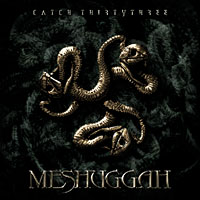
Meshuggah: “Re-Inanimate” (Catch Thirtythree, Nuclear Blast, 5/30/05)
Extreme metal band Meshuggah tends to do exactly what it wants. That attitude has spawned some of the heaviest and most progressive metal of the past two decades. On its 2005 album, Catch Thirtythree, its disregard for convention came in the form of programming software, used to produce all of the drum sounds on a long-form score-style epic. Drummer Tomas Haake and vocalist Jens Kidman explained the process of making the album, and the advantages and stigmas of the “Drumkit from Hell.”
The Drumkit from Hell and the Making of Catch Thirtythree
Tomas: Basically, the Drumkit from Hell is stuff we use on a daily basis whenever we’re writing songs, and the main difference with Catch Thirtythree is that instead of me as the drummer learning the songs, we just kept them programmed on the record. There are a few different reasons for that. Mainly, what we wanted to do with that album — this was an idea that we had for probably 10 years — we wanted to do an experimental piece that was just a one-track full-length album. That album was the first and only album that we’ve written as a band, sitting around the same computer, just trying to improvise and come up with guitar riffs and stuff like that.
Jerseyband: Outlandish Brass-Metal Orchestrations
 Jerseyband: Beast Wedding (6/11/09)
Jerseyband: Beast Wedding (6/11/09)
“The Glad Hand”
[audio:https://alarm-magazine.com/wp-content/uploads/2011/01/the-glad-hand1.mp3|titles=Jerseyband: “The Glad Hand”]On stage, a costumed septet prepares to unleash a serious sonic force that belies its members’ festooned bodies. An all-male horned frontline of three saxophonists and a trumpeter is adorned in women’s clothing, a red cape, and a spiky foam wig, belting out furious riffs that weave back and forth atop a syncopated, polymetered math-metal foundation.
The trumpeter unleashes a harrowing scream, and the music darts to a quick brass motif reminiscent of The Green Hornet before the all-male rhythm section — a bassist in a dress, a guitarist in a lab coat, and a drummer in a tank top — pounds out down-tuned accompaniment as the saxophones create one giant, unwieldy power chord. After a rapid-fire call and response and a prolonged groove, the horns switch to a somber harmony, which transitions to one final math-rock breakdown.
Sleepytime Gorilla Museum: Apocalyptic Art Rock and Absurdist Humor
Experimental rock band Sleepytime Gorilla Museum dabbles in myriad styles — metal, classical, prog, and more — and pairs cosmic exploration with avant-garde theatrics.
The Metal Examiner: Intronaut’s Valley Of Smoke
Every Friday, The Metal Examiner delves metal’s endless depths to present the genre’s most important and exciting albums.
Intronaut: Valley of Smoke (Century Media, 10/12/10)
Intronaut: “Elegy”
[audio:https://alarm-magazine.com/wp-content/uploads/2010/12/Intronaut_Elegy.mp3|titles=Intronaut: “Elegy”]
Intronaut made its name in forward-thinking metal circles by understanding that pure metal moments hit harder by sandwiching them between other styles — in this case, passages that are closer to fusion or jazz. Rather than a guitar spotlight, the group reaches for a fretless bass solo; in lieu of a unison run, Intronaut deploys a spacey, percussive breakdown.
But whereas the group’s previous releases (especially Prehistoricisms in 2008) suggested a band poised squarely in art-metal territory, Valley Of Smoke shows the band moving simultaneously toward and away from modern metal. It’s moving toward in its increasingly overt nods to the group’s sonic peers (Neurosis, Isis, and, at times, Pelican), but away in its refusal to ever really stick to one thing at a time, resulting in a disc that’s not easily classifiable as metal, but not easily classifiable as anything else either.
100 Unheralded Albums from 2010
Among the thousands of under-appreciated or under-publicized albums that were released in 2010, hundreds became our favorites and were presented in ALARM and on AlarmPress.com. Of those, we pared down to 100 outstanding releases, leaving no genre unexplored in our list of this year’s overlooked gems.
Morrow vs. Hajduch: Seven That Spells’ Future Retro Spasm
Scott Morrow is ALARM’s music editor. Patrick Hajduch is a very important lawyer. Each week they debate the merits of a different album.
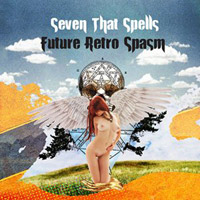
Seven That Spells: Future Retro Spasm (Beta-Lactam Ring, 5/20/10)
Seven That Spells: “Olympos”
[audio:https://alarm-magazine.com/wp-content/uploads/2010/12/Seven_That_Spells_Olympos.mp3|titles=Seven That Spells: “Olympos”]
Morrow: Based in Zagreb, Croatia, Seven That Spells plays a powerhouse fusion of psychedelic rock, math and jazz influences, and full-tilt drumming assaults. The group, originally a power trio, is led by guitarist/keyboardist Niko Potočnjak but has undergone radical changes in its lineup over its relatively brief tenure, and its last album, Cosmoerotic Dialogue with Lucifer, was a noisy, progressive, multi-drummer attack on the senses.
Divinity announces tour schedule and new album, The Singularity
Canadian metal group Divinity has confirmed its first live-performance dates promoting its new album, The Singularity, through parts of Canada, but it looks like fans in the States will have to wait a little longer.
Divinity succeeds its 2008 album, Allegory (Nuclear Blast), with a continuation of its melodic death/thrash metal, calling upon a bit of Meshuggah with dueling, rapid-fire guitar exchanges. High-pitched screams and forceful growls are paired with surprisingly tight and melodically comprehensive vocals amid unpredictable rhythms with shifting time signatures.
What We’re Seeing This Weekend: Fucked Up, Monotonix, Cheer-Accident, D. Rider
We’ll see plenty of rock this weekend as our destinations treat us to punk, post-punk, metal, avant-garde rock, quirk rock, and funk. Click onward to read our four-day itinerary.

